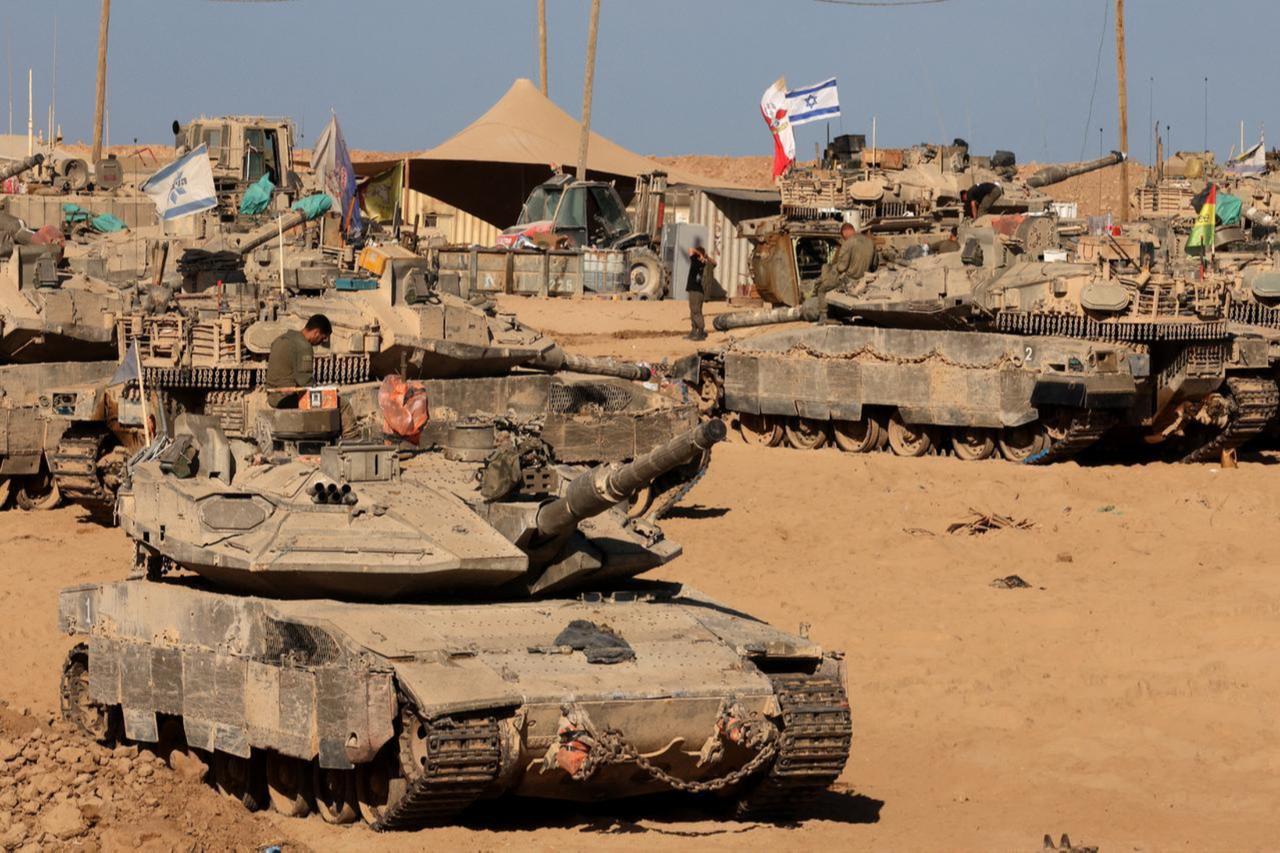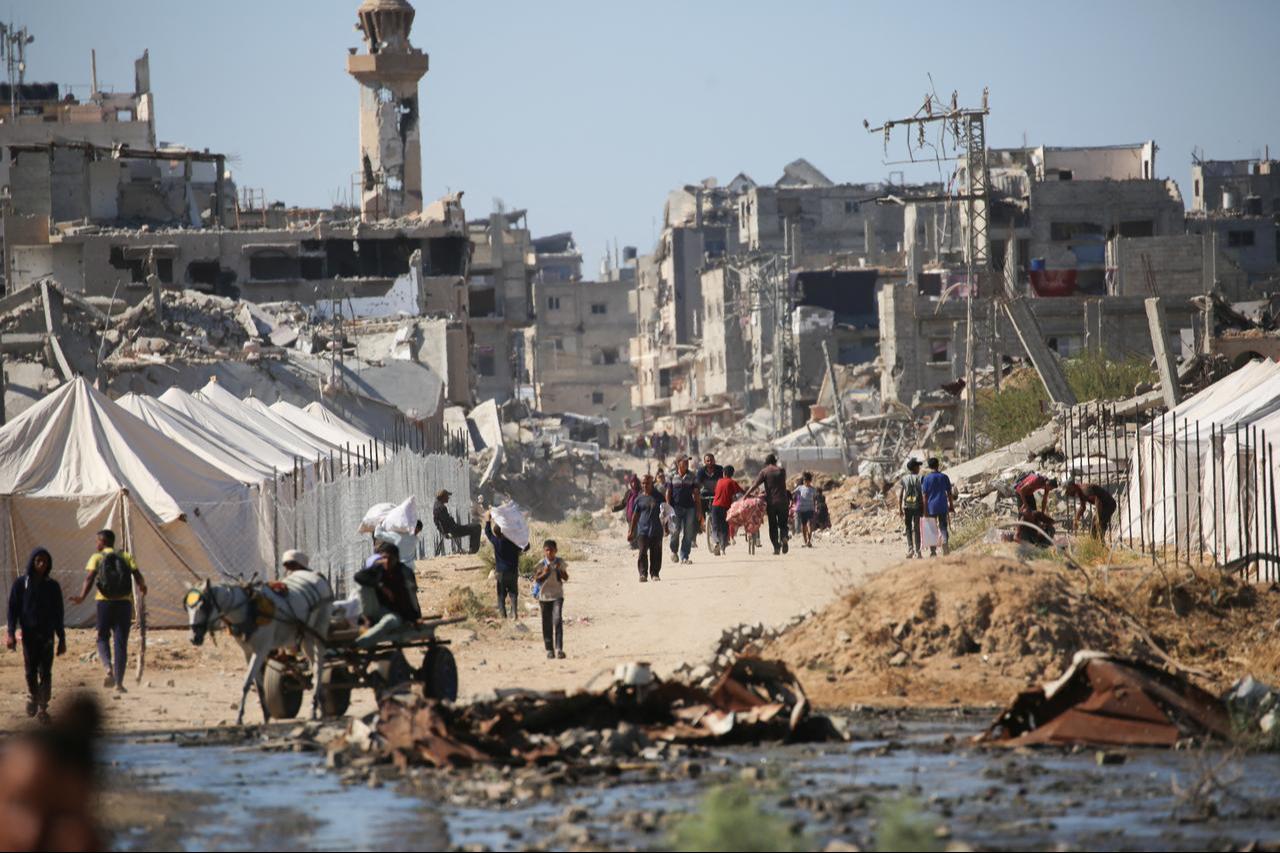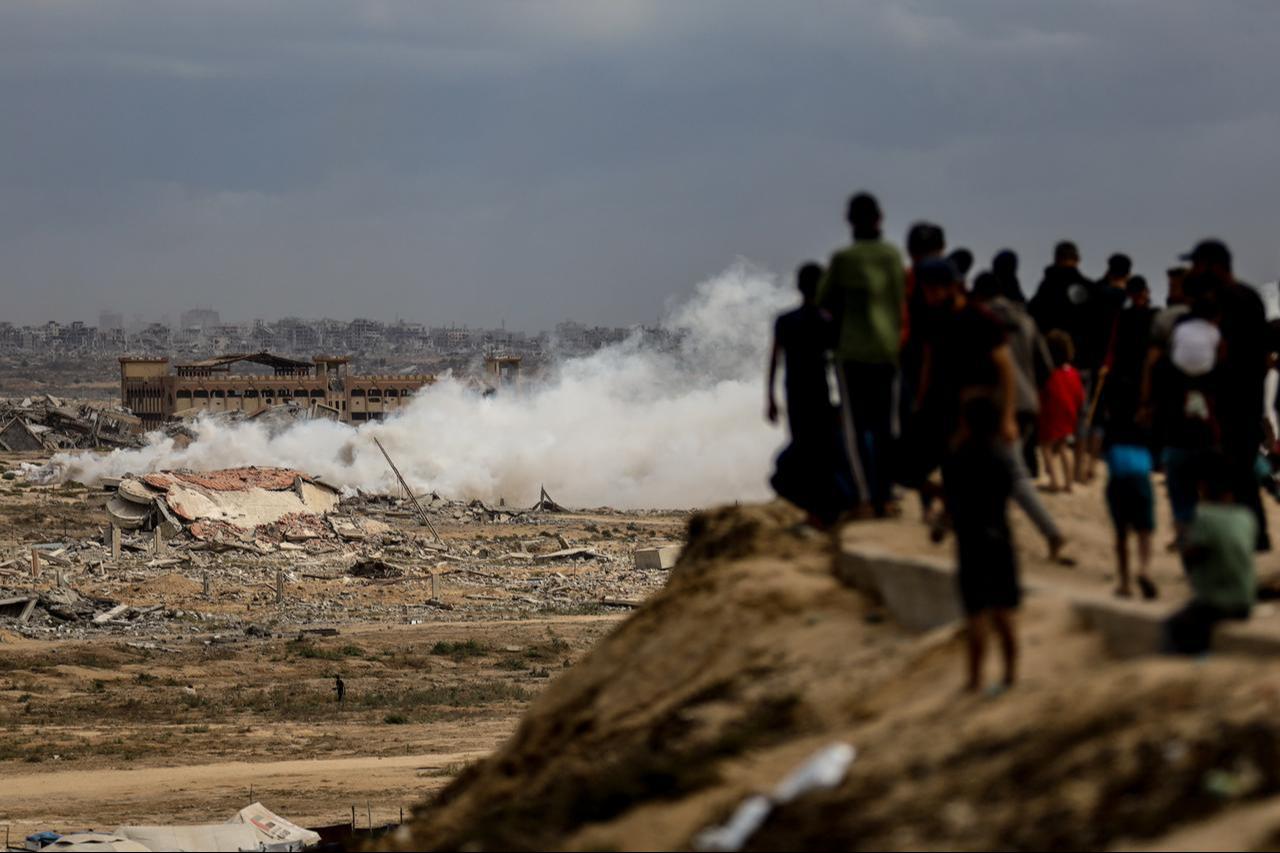
Humanitarian agencies warned Tuesday that aid reaching Gaza remains far below required levels nearly four weeks after a ceasefire, with hunger persisting and shelter conditions worsening as winter nears following Israel’s devastating two-year offensive.
The truce was intended to allow 600 aid trucks per day into the enclave, home to 2.3 million people, where famine was confirmed in August and most residents have lost their homes.
However, only half of the required food supplies are entering Gaza, according to the World Food Programme (WFP).
A coalition of Palestinian aid groups said overall aid deliveries amount to just 25%–30% of what was pledged. Gaza’s local administration said only around 145 trucks per day are delivering supplies due to Israeli restrictions.
Israel maintains it is fulfilling its obligations under the ceasefire and accuses Hamas of stealing aid before distribution, claims Hamas denies.
The United Nations, which previously released daily figures on aid trucks, has stopped publishing those updates routinely.

“It is dire. No proper tents, or proper water, or proper food, or proper money,” said Manal Salem, 52, living in Khan Younis in southern Gaza. She described her tent as “completely worn out” and unlikely to withstand the winter.
The U.N. humanitarian office, OCHA, said some conditions have slightly improved since the truce began.
In its latest assessment, OCHA reported that 10% of children screened in Gaza were acutely malnourished, down from 14% in September, with over 1,000 cases classified as severe.
Half of Gaza’s families reported better access to food, particularly in the south, and are now averaging two meals a day, up from one in July. However, OCHA said conditions remain catastrophic in the north, where aid access is still heavily restricted.

Abeer Etefa, senior spokesperson for WFP, described the situation as a “race against time.”
“We need full access. We need everything to be moving fast,” she said. “The winter months are coming. People are still suffering from hunger, and the needs are overwhelming.”
Since the cease-fire, the WFP has delivered 20,000 metric tons of food, roughly half of what is needed, and opened 44 of a planned 145 distribution centers. Most families, however, survive only on cereals, pulses, and dry rations, with meat, eggs, and vegetables rarely available.
Fuel shortages continue to exacerbate the crisis. OCHA reported that over 60% of Gazans are burning waste to cook, increasing health risks.

Aid workers warn that shelter conditions are deteriorating rapidly. “We’re coming into winter soon; rainwater and possible floods, as well as potential diseases because of the hundreds of tons of garbage near populated areas,” said Amjad al-Shawa, head of the Palestinian NGO network that coordinates with the U.N.
Shaina Low, spokesperson for the Norwegian Refugee Council (NRC), said “living conditions are unimaginable.” The NRC estimates that 1.5 million people need shelter in Gaza, but many tents and tarpaulins remain stuck at the border awaiting Israeli approval.
“The needs are immense and the aid flow is still nowhere near sufficient,” aid agencies warned, as Gaza braces for a cold and perilous winter.